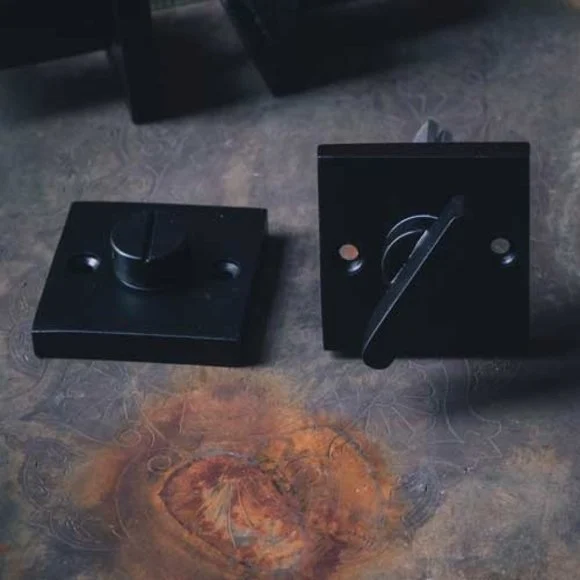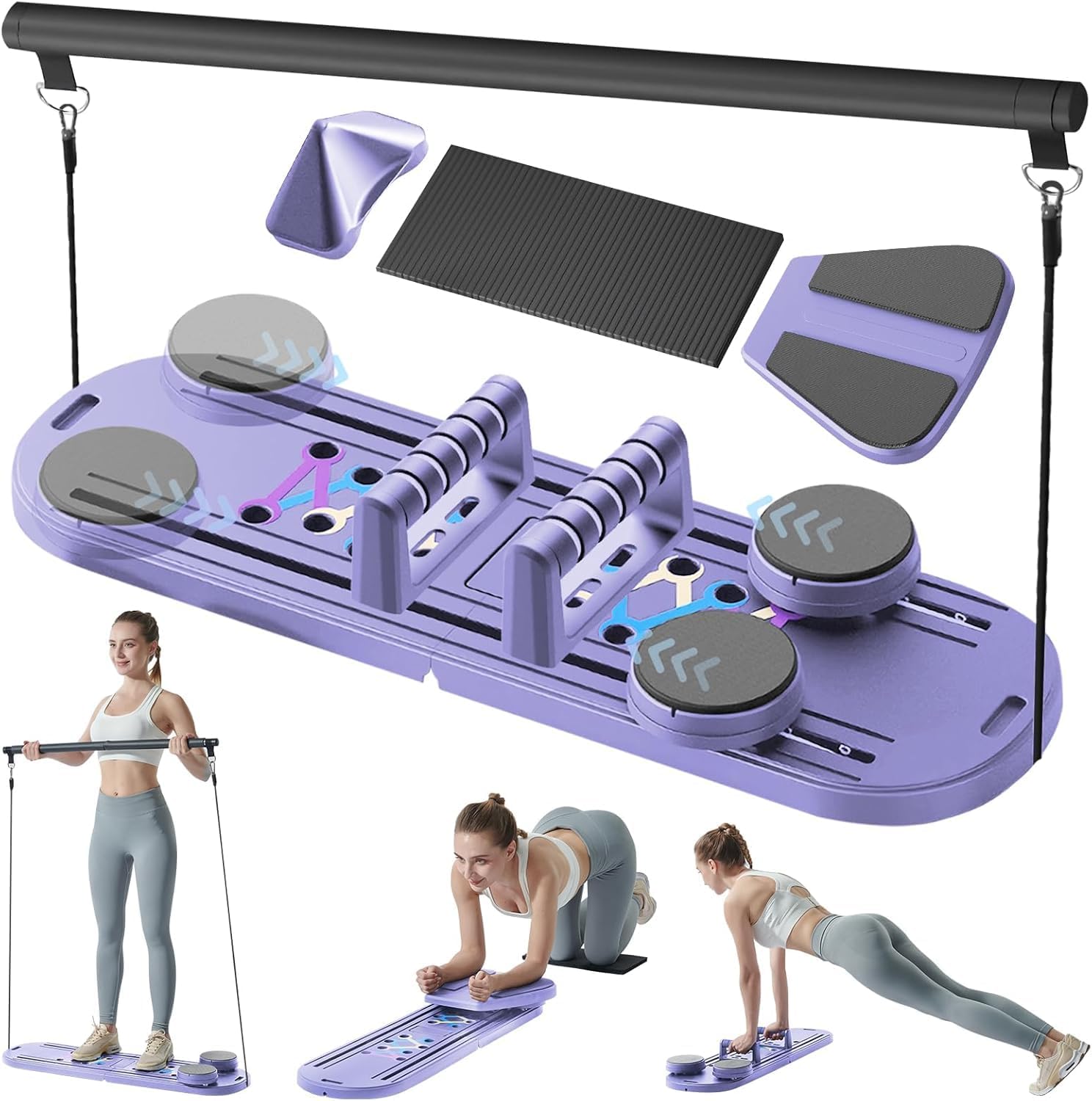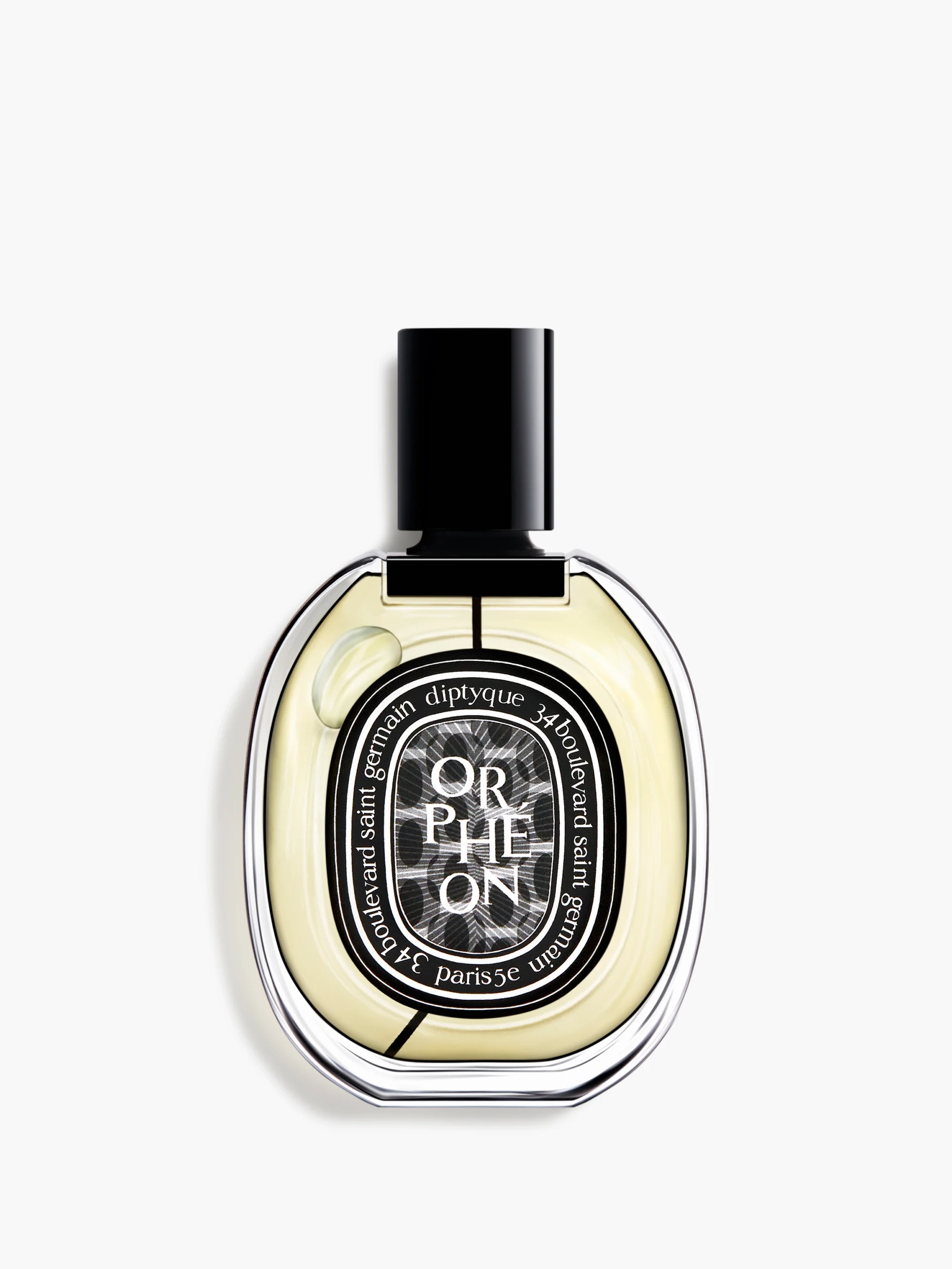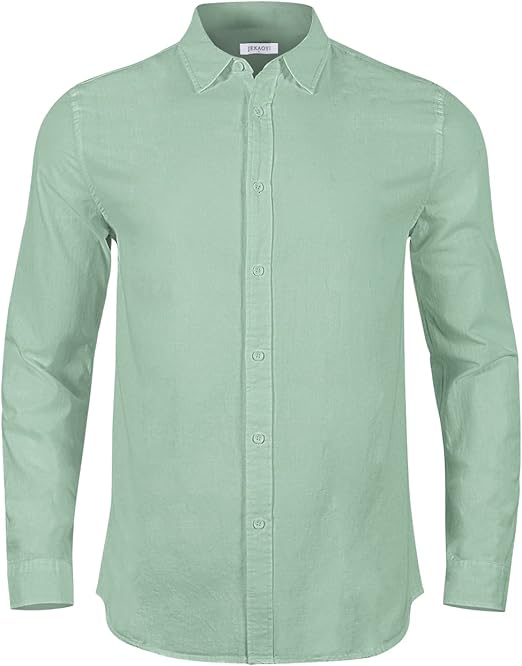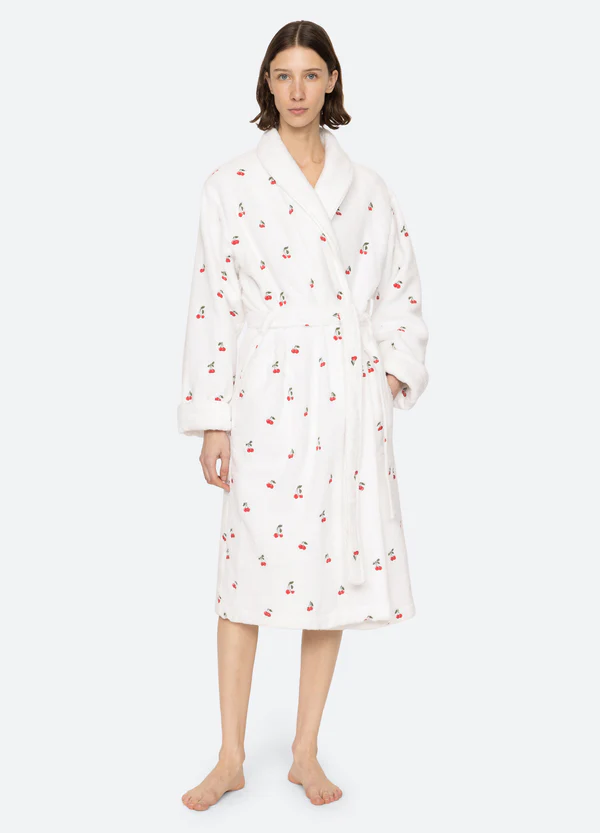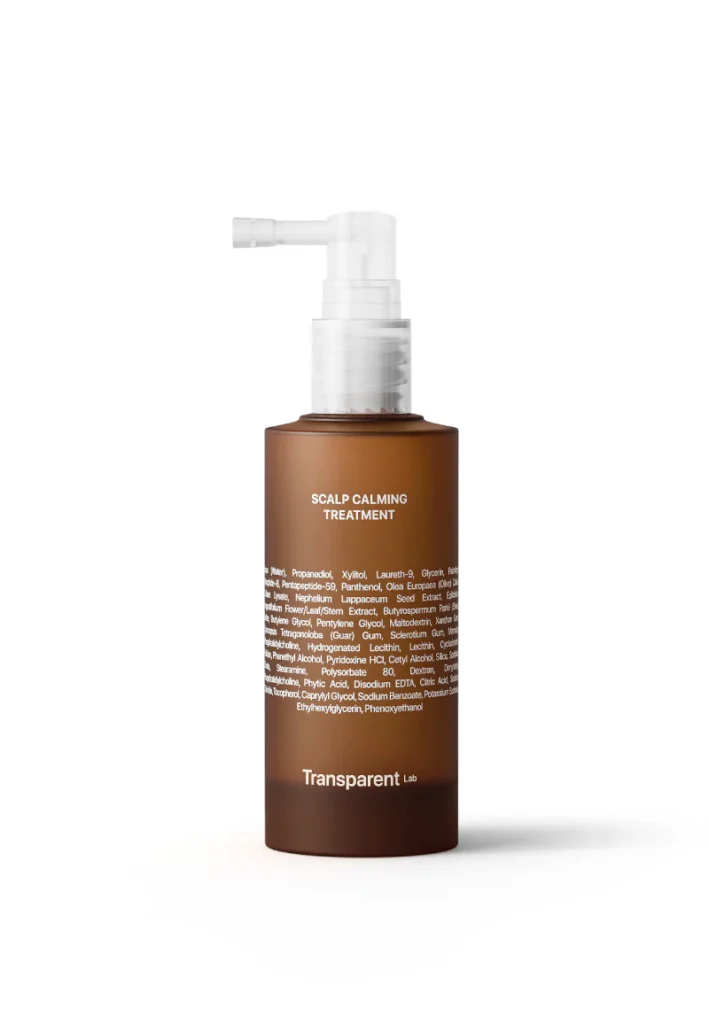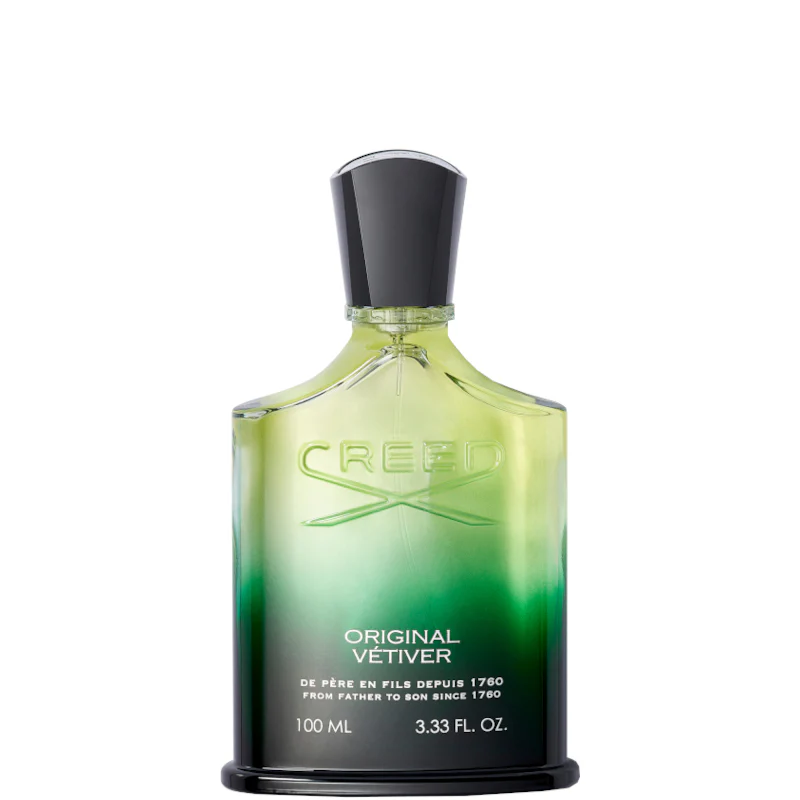Interior doors are touched dozens of times a day. When the handle feels flimsy or the latch sticks, you notice — every single time. In this article, we’ll walk through the essentials of choosing and installing interior door hardware: handle styles, finishes, latch geometry, hinge choices, privacy vs passage sets, and the small details that turn a door into part of your interior architecture. We’ll use Mooi Deurbeslag Door fittings Interior door as a practical reference for well-made, style-forward options that elevate everyday living.
Shop Mooi Deurbeslag Door fittings Interior door
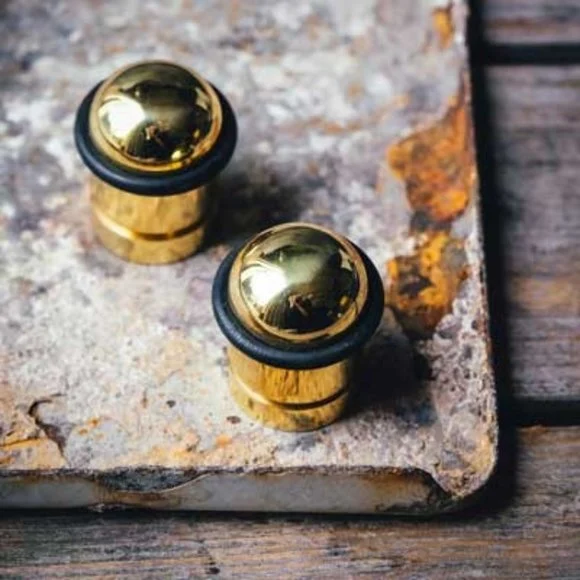
The Three Decisions That Shape Every Door: Style, Finish, Function
Before you fall in love with a handle, lock the basics:
Style: Do you want round or square roses? Minimal lever, classic bow, or sculpted ergonomic grip? For modern flats, a straight lever with crisp edges reads clean; for transitional homes, a soft-shoulder lever balances old and new.
Finish: Matt black hides fingerprints and anchors light doors; satin nickel is timeless with stainless appliances; brass (polished or patinated) warms white walls and natural wood. Aim for finish continuity with taps, cabinet pulls, and lighting.
Function: Passage (no lock) for halls and living rooms; privacy (push-pin or turn) for bedrooms and baths; locking sets for home offices or utility closets. The right function prevents “why won’t this door stay shut?” moments.
Shop Mooi Deurbeslag Door fittings Interior door
Rose vs. Backplate: The Geometry Behind Your Look
A rose is a small circular or square plate that sits behind the handle — minimal, great for modern spaces, and visually light on narrow stiles. A backplate (long escutcheon) stretches vertically, adding presence and covering old screw holes from previous hardware — ideal for renovations. Backplates can integrate keyholes or privacy turns neatly; roses keep sightlines clean and make repainting simpler. With Mooi Deurbeslag Door fittings Interior door, you’ll find both formats so you can solve design and practical constraints in one go.
The Latch: Small Part, Big Feel
The latch is where “solid” and “cheap” diverge. Look for a quiet spring, solid tongue, and a rounded faceplate that glides into a properly chiseled mortise. Two numbers matter: backset (distance from door edge to spindle center, typically 55–60 mm in many EU interiors) and spindle size (square bar that connects levers). Get these wrong and even a premium handle will wobble or sit off-center. Pair your new levers from Mooi Deurbeslag Door fittings Interior door with a latch that matches backset and door thickness so the action feels effortless.
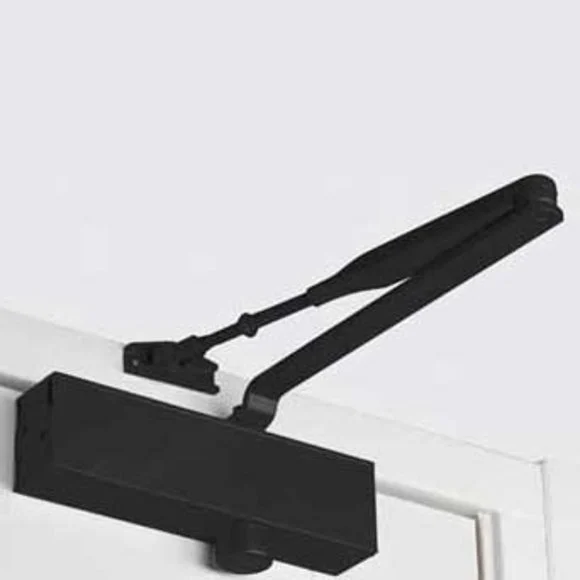
Hinges: The Unseen Engineering
Handles get the spotlight, but hinges give the door its “float.” Ball-bearing butt hinges keep heavy doors smooth and quiet. Concealed hinges create flush, shadow-line magic in modern builds (check door thickness and frame specs). For period homes, decorative finial hinges echo classic lines. Always match hinge finish to your handles or choose a close cousin (e.g., satin nickel hinges with brushed stainless handles) for an intentional look.
Shop Mooi Deurbeslag Door fittings Interior door
Privacy Sets: Bedrooms and Baths Without the Drama
A great privacy set locks intentionally and unlocks instantly from inside — ideally with an emergency release outside. Push-button or turn-snib? Turn mechanisms feel more premium and are easier for kids and seniors. Bathroom doors benefit from indicator turns (red/green), but keep the language minimal to match your handle style. In the Mooi Deurbeslag Door fittings Interior door lineup, look for low-profile thumb-turns that align with square or round roses so nothing looks tacked on.
Passage Sets and Magnetic Latches: Silence Is the Flex
For living rooms and hallways, keep it simple: passage sets with a smooth latch. Consider magnetic latches that pull the door closed silently and hold it with a clean, click-free feel. They’re especially good for minimalist interiors where you want quiet operation and a flush strike plate without a protruding tongue.
Finishes That Age Well (and How to Keep Them That Way)
- Matt black: wipe with a soft damp cloth; avoid abrasives that can burnish sheen.
- Satin nickel/stainless: mild soap + water; polish with a microfiber for that even glow.
- Living brass: expect patina; if you prefer bright, use a non-ammonia polish sparingly and seal with microcrystalline wax.
Hardware from Mooi Deurbeslag Door fittings Interior door is designed for daily touch; a one-minute weekly wipe keeps it camera-ready and smudge-light.
Shop Mooi Deurbeslag Door fittings Interior door
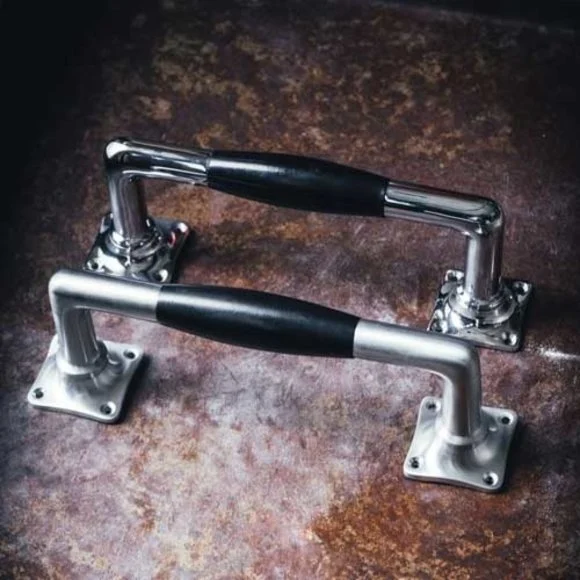
Measure Twice, Order Once: Door Thickness, Handing, and Spindle
Grab a tape and a notepad:
- Door thickness: Common interior slabs are ~38–40 mm; some modern doors go thicker. Ensure your set includes the correct spindle and screws.
- Handing: Stand on the push side. Hinges on the left? It’s a left-hand door; on the right — right-hand. Some levers are reversible; check the listing.
- Center lines: If replacing hardware, measure from floor to spindle center. Keep consistent across rooms (usually ~1000–1050 mm) for visual harmony.
When in doubt, send your measurements to support before ordering. Getting spindle, backset, and handing right is 90% of the battle.
Installation Flow: A Calm 30–45 Minutes Per Door
- Remove old hardware and fill stray holes if switching rose ↔ backplate.
- Check latch pocket depth/width; square corners? Scribe and pare gently with a sharp chisel.
- Dry fit the latch and keep the faceplate flush; no gaps.
- Spindle through and test the lever return before tightening screws.
- Strike plate alignment: close the door slowly; the latch should meet dead center without push-lift.
- Final tighten, then a micro-drop of thread locker on grub screws if supplied.
Pro tip: If your door springs open, move the strike plate 1–2 mm deeper and re-test.
Style Pairings That Always Work
- Scandi calm: white oak floors + white doors + satin nickel levers on round roses.
- Modern monochrome: graphite walls + matt black handles + concealed hinges; keep lines square.
- Warm minimal: beige microcement + light brass levers + slim backplates for a gentle, hotel-like glow.
- Transitional: shaker doors + brushed stainless handles + classic butt hinges.
The throughline: repeat finishes across rooms. When your Mooi Deurbeslag Door fittings Interior door matches taps and cabinet pulls, your home feels designed, not decorated.
Accessibility, Kids, and Guests
Choose levers with generous return-to-door (no sharp tips) for safer hallways. For kids’ rooms, privacy sets with emergency-release save locksmith calls. In guest suites, consider a soft-close magnetic latch plus a discreet indicator turn so visitors navigate easily.
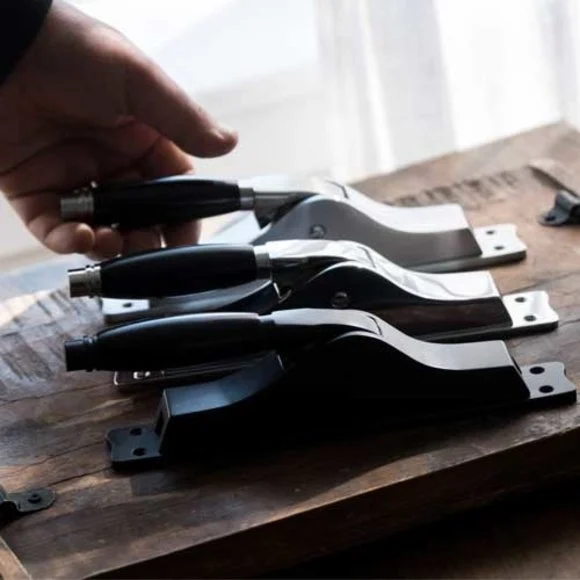
Sound, Drafts, and Light Leaks
Hardware can help here, too. Drop seals and brush seals at the bottom edge close gaps without scraping floors. A snug strike plate and a true jamb reduce rattles during windy nights. If light spill bugs you, add a thin weatherstrip on the hinge side; it’s invisible when closed but stops that 2 am glow from the hall.
Shop Mooi Deurbeslag Door fittings Interior door
Common Mistakes (and Easy Fixes)
- Mixing finishes randomly. Pick one dominant finish per floor; use a second finish only for accent rooms.
- Ignoring backset. If your new handle doesn’t align with the old latch, order a matching latch instead of forcing a fit.
- Over-tightening roses. It can pinch the return spring; snug, don’t crush.
- Skipping pilot holes. Splits wood and throws screws off square — drill first, then screw.
A Two-Room Upgrade Plan (Small Budget, Big Impact)
Start with the front hall and the main bathroom. Guests feel hardware immediately at the entry, and the bathroom needs privacy perfection. Choose a handle line you love from Mooi Deurbeslag Door fittings Interior door, lock your finish, and roll it to bedrooms and closets when ready. Consistency scales beautifully — and cheaper than repainting walls.
Maintenance in Minutes
Weekly: microfiber wipe.
Quarterly: check grub screws on levers, hinge screws at top (that’s where doors sag first), and strike plate alignment.
Annually: a tiny dab of lubricant on the latch tongue. That’s it — smooth action for years.
Conclusion
Interior hardware is the handshake of your home — you feel it before you register the room. When you get the geometry (rose or backplate), the mechanics (latch, hinge), and the finish right, doors move silently and look like they were born with the house. The curated options from Mooi Deurbeslag Door fittings Interior door make the process simple: consistent finishes, precise engineering, and formats for both new builds and renovations. Upgrade a couple of doors, and you’ll feel the difference in every room you enter.
Shop Mooi Deurbeslag Door fittings Interior door
FAQ
- What’s the difference between a passage set and a privacy set?
Passage has no lock (living areas); privacy includes a bathroom/bedroom lock with an inside turn and emergency release. - How do I know if I need a rose or a backplate?
Choose a rose for minimal, modern doors and a backplate to cover old screw holes or add presence on tall shaker doors. - Which finish shows the fewest fingerprints?
Matt black hides smudges well; satin nickel is forgiving and matches most appliances and taps. - Do concealed hinges fit any door?
They require specific door and frame routing and adequate thickness. Check specs before ordering. - My door won’t latch smoothly — what now?
Re-align the strike plate a millimeter at a time; ensure the latch is centered and the door isn’t binding on the hinge side. - Can I mix finishes in one apartment?
Yes — but limit to one primary finish per floor or zone, using a secondary finish as an intentional accent. - How high should I place the handle?
Keep spindle centers around 1000–1050 mm from the floor and consistent across rooms for a professional look. - How do I maintain living brass?
Let it patinate naturally or polish lightly and seal with microcrystalline wax; avoid harsh chemicals.


